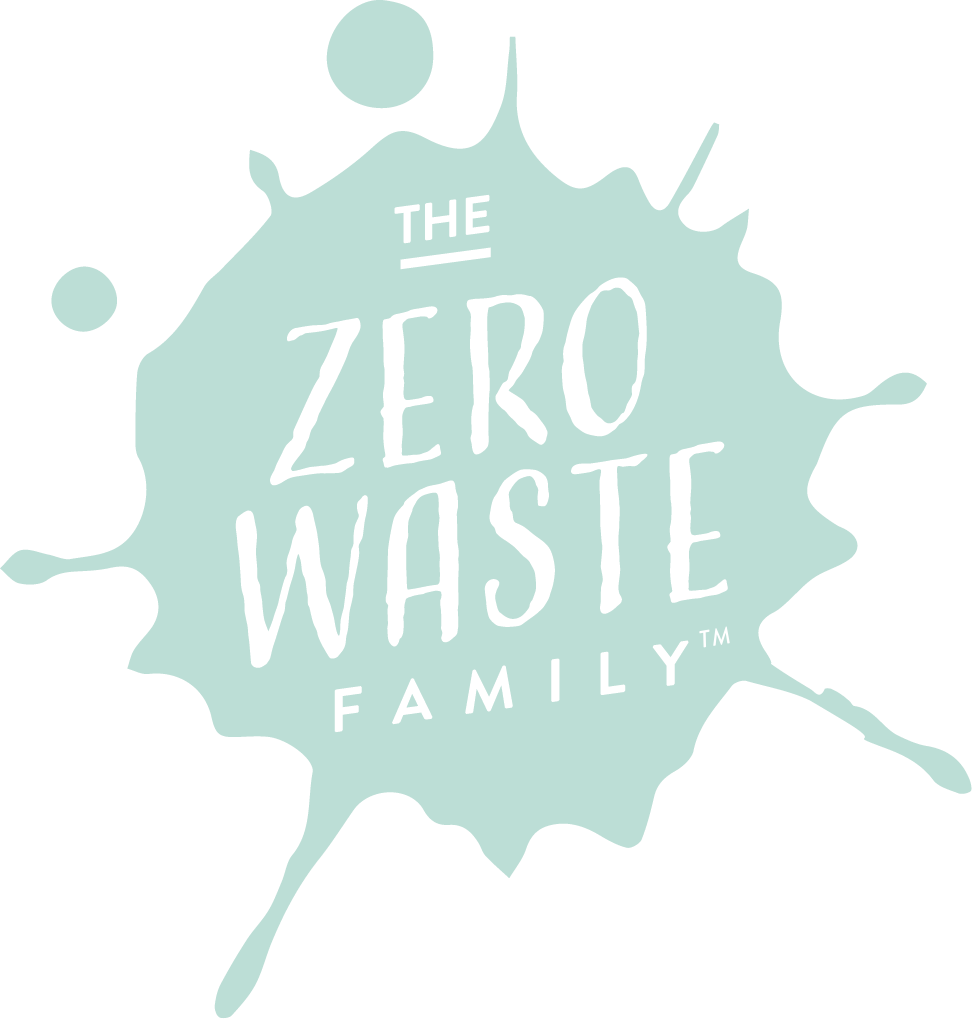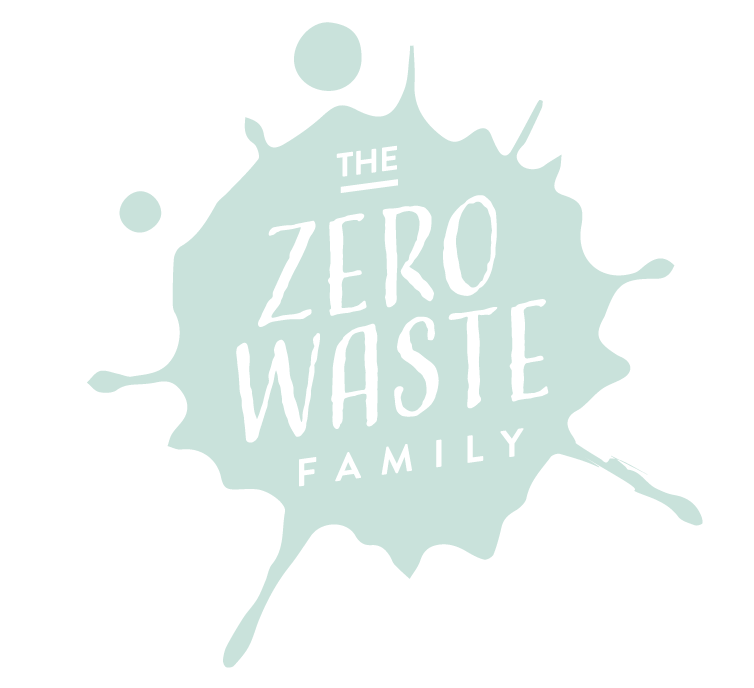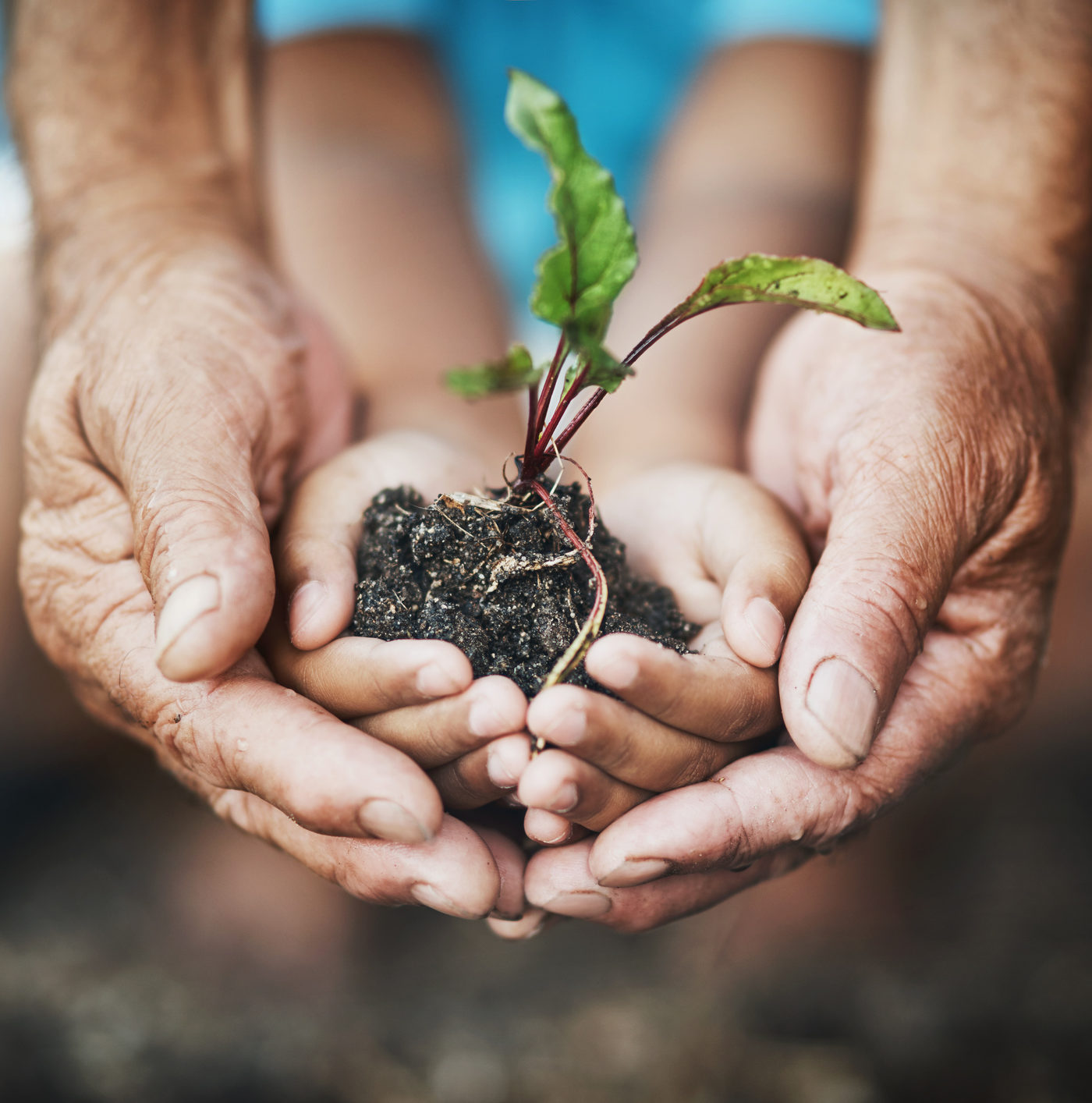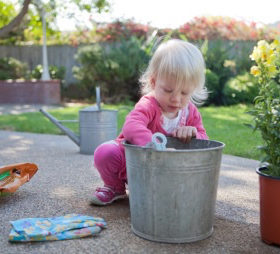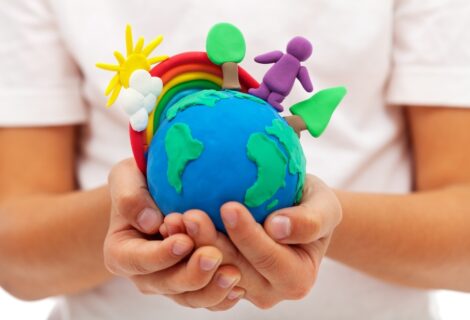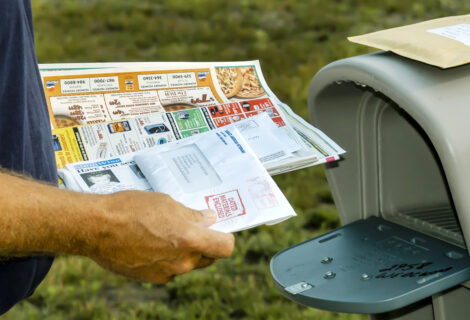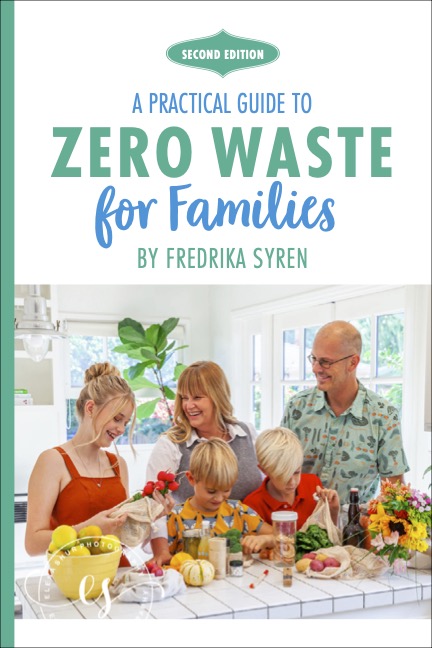4 Ways to Help Ease Your Teenager’s Climate Anxiety
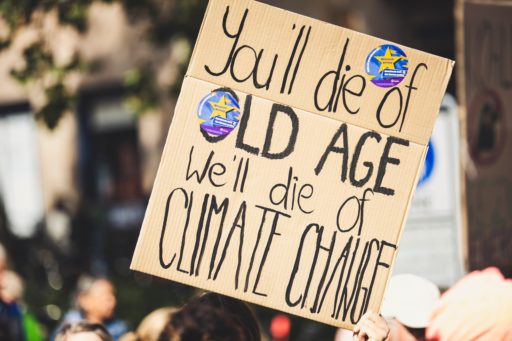
Raising a teenager is challenging enough, but it’s even more so with a climate crisis looming. The world is so different from when we parents grew up, and climate change is one of the major crises our kids face—both now and in their future.
As a parent of three children who are 15, 11, and 9, and as a family who lives zero waste and as sustainable as possible, I firmly believe that avoiding the climate conversation isn’t an option. We’re past the point of pretending that climate change isn’t happening. And if we parents are worried about climate change, imagine how powerless our children must feel.
The Reality of Eco-Anxiety for Young People
A new global survey, conducted in 10 countries and led by Bath University in collaboration with five universities, revealed how climate change is affecting young people worldwide and how climate anxiety in youth is now a real thing.
The survey showed:
- Nearly 60% of young people who participated in this survey said they felt very worried or extremely worried.
- More than 45% of them said their feelings about the climate affected their daily lives.
- Approximately 75% of them said they thought the future was frightening.
- Over half (56%) said they think humanity is doomed.
- 66% of them reported feeling sad, afraid, and anxious. In addition, many felt fear, anger, despair, grief, and shame.
“Adults keep saying, ‘We owe it to the young people to give them hope.’ But I don’t want your hope. I don’t want you to be hopeful. I want you to panic. I want you to feel the fear I feel every day. And then I want you to act. I want you to act as you would in a crisis. I want you to act as if the house is on fire. Because it is.”
—Greta Thunberg At the World Economic Forum in Davos, Switzerland, on January 25, 2019
Approaching the Climate Conversation
The question isn’t whether or not your teenager is experiencing eco anxiety—it’s how you can help them cope with their anxiety. But how do you translate science-speak into kid-speak without overwhelming them or making it worse?
We need to listen to children, talk about their feelings, and, most importantly, transform their fear into action.
4 Tips for Easing Your Teenager’s Climate Anxiety
Here are a few ideas on how to start the conversation and empower the young people in your life to be part of the solution and talk about young people and climate change.
- Listen first.
Ask them what they already know about climate change and how they feel about it. Odds are they know more than you think. Be a good listener, and let them express their feelings and fears. Remember, climate anxiety is an overwhelmingly fear.
Here are some feelings they may be having:
- Anger – that adults are failing them
- Frustration – that adults, the politicians, and people in charge are not doing enough or even talking to them about it
- Worry – about the future and what will happen next
- Helplessness – not knowing what they can do and feeling helpless to stop climate change
- Hopelessness – for their future and planet
- Despair – about the future
- Learn together.
Most parents aren’t experts on climate change, and that’s ok. Learning about climate change with your kids can be a powerful catalyst for change. My kids like watching documentaries like Kiss the Ground, reading books together, and learning with us. Afterward, we had open discussions about what we all learned.
- Share good news, too.
The most important thing you can do to help children deal with eco-anxiety is to give them hope. When an environmental law passes or positive change happens, pass that information along to them. For example, when San Diego decided to implement curbside composting to divert food waste from the landfill, I shared this with my kids, so we could all celebrate together.
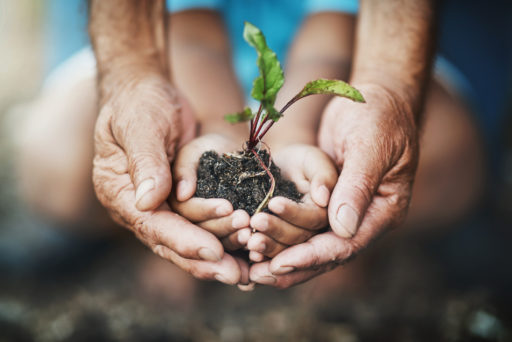
- Emphasize the importance of taking action.
The most natural response from teenagers is, “How can we stop global warming?”
Of course, no one can solve it alone, but teaching kids that they can do something to help can begin to shift their fear into empowerment.
Teach them about simple actions your family can take together, like:
- Using reusable shopping bags and containers
- Volunteering to clean up local beaches or creeks
- Composting
- Planting a garden
Inviting my kids to participate in family efforts to help the planet has helped them feel a part of the solution. (Of course, the actions your family can take will look different, depending on the age of your children.)
We know that individual action alone may not solve climate change, but we can inspire hope instead of anxiety by focusing on what we can do. Starting the conversation and taking action together creates a ripple effect and leads to more significant changes over time.
Learn more about climate change for kids here:
https://climatekids.nasa.gov/kids-guide-to-climate-change/
https://kids.nationalgeographic.com/science/article/climate-change
